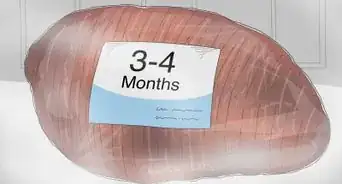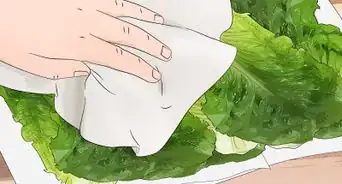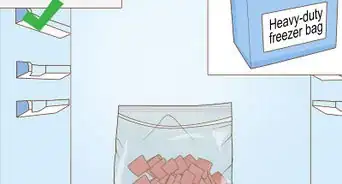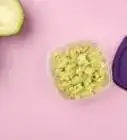X
wikiHow is a “wiki,” similar to Wikipedia, which means that many of our articles are co-written by multiple authors. To create this article, volunteer authors worked to edit and improve it over time.
This article has been viewed 103,292 times.
Learn more...
Many foods are stored in vinegar. But did you know that vinegar itself should be stored properly? Here is how.
Steps
-
1Use the right container. Vinegar is acidic. As such, it should not be stored in containers made from brass, copper, iron or tin or corrosion and leaching will set in, creating reactions between the metals and the vinegar and therefore damaging the food. The safest container for storing vinegar in is glass.[1]
-
2Store the vinegar in a cool, dark place. You can even put it into the refrigerator. Although vinegar is the product of wine having gone bad, vinegar can also go bad after a while and it tends to lose flavor after it is opened. Store for around 6 months; after a year you will probably find that the vinegar doesn't taste as good as it did when first purchased.[2]
- Fruit and herb vinegars are best kept in the refrigerator as this keeps their flavor at its best.[3]
Advertisement -
3Keep the lid closed tightly. In between use, avoid contact with air by ensuring that the lid is on properly. Don't leave the lid off for storage.[4]
Advertisement
Community Q&A
-
QuestionHow do I store apple cider vinegar, olive oil, etc. when temperatures in my house often reach 95 degrees?
 Community AnswerIn a cool, dark place in a container with a tight lid. A refrigerator is the best idea.
Community AnswerIn a cool, dark place in a container with a tight lid. A refrigerator is the best idea. -
QuestionCan I store vinegar in plastic containers?
 Community AnswerIt's not a really good idea to store vinegar in plastic containers. Vinegar is acidic, so it will eat away at your container until there is a hole.
Community AnswerIt's not a really good idea to store vinegar in plastic containers. Vinegar is acidic, so it will eat away at your container until there is a hole. -
QuestionDo flavored vinegars have to be stored in the refrigerator after opening?
 Community AnswerYes.
Community AnswerYes.
Advertisement
Warnings
- Leaded crystal glass should not be used to store vinegar, because lead might be leached from the glass and end up in the vinegar.⧼thumbs_response⧽
- Discard any vinegar that smells rank or musty.⧼thumbs_response⧽
Advertisement
Things You'll Need
- Glass or glazed ceramic storage container
- Vinegar
- Cool, dark place for storage
References
- ↑ https://supremevinegar.com/2016/10/12/making-vinegar-home-essential-guide-part-ii-starting-fermentation/
- ↑ http://recipes.howstuffworks.com/tools-and-techniques/food-storage-tips3.htm
- ↑ https://extension.colostate.edu/topic-areas/nutrition-food-safety-health/flavored-vinegars-and-oils-9-340/
- ↑ https://www.streetsmartkitchen.com/does-vinegar-go-bad/
- ↑ http://stilltasty.com/fooditems/index/18648
About This Article
Advertisement
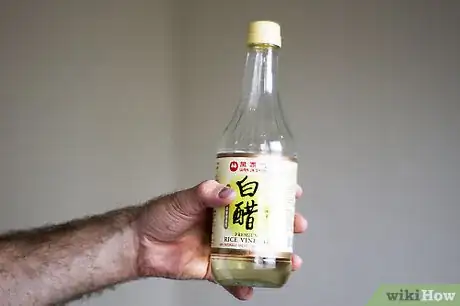
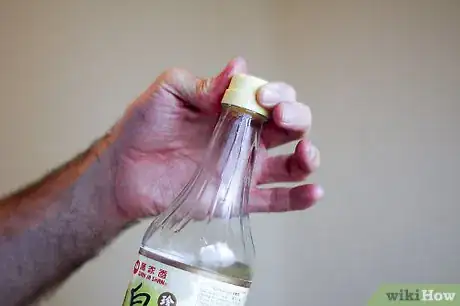
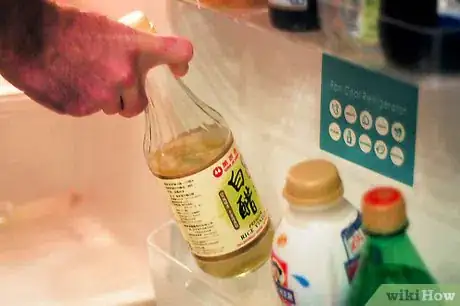


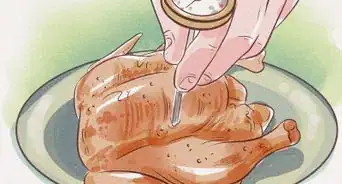
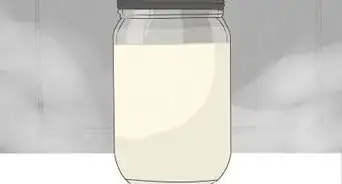
-Step-11.webp)
